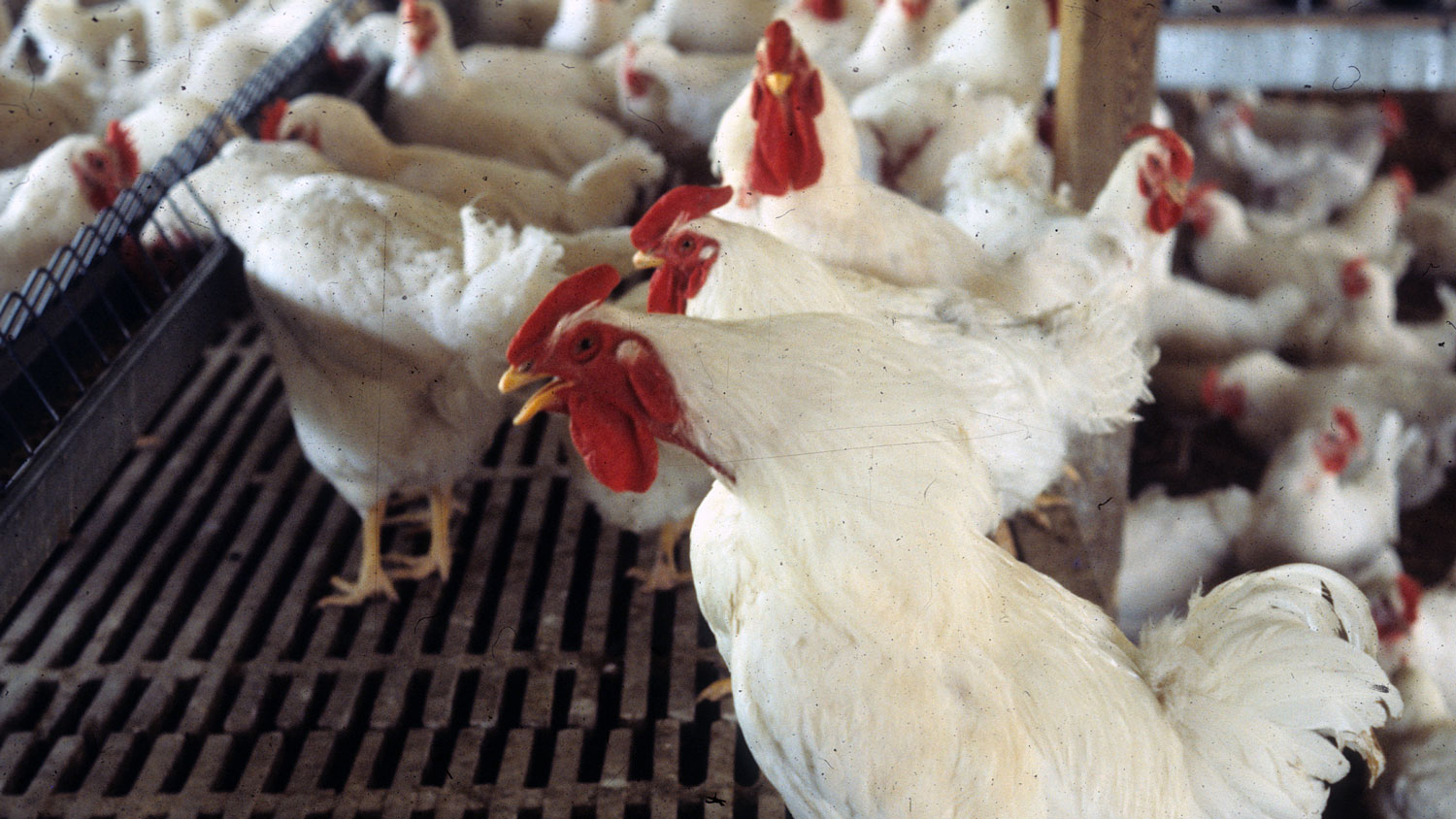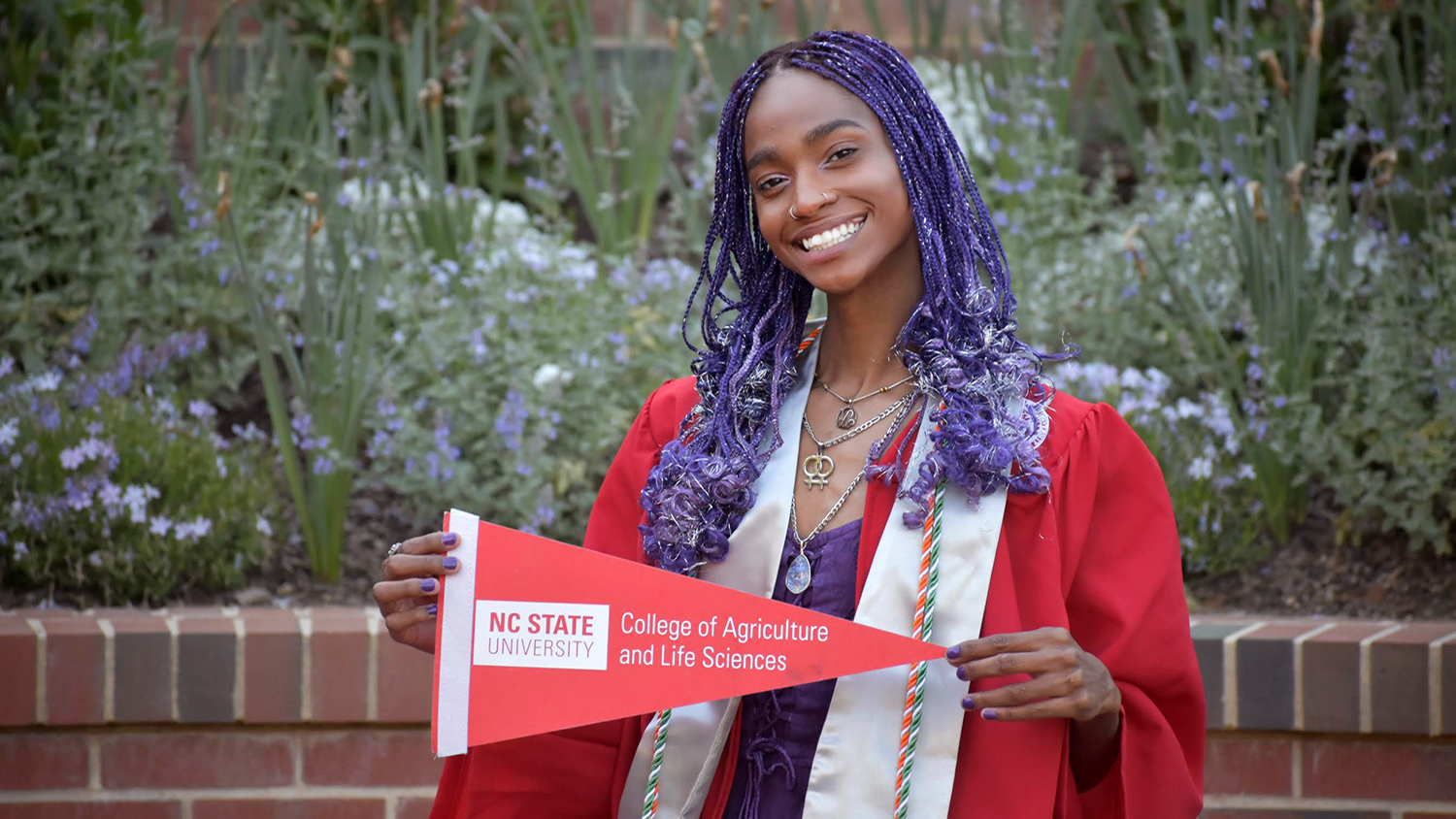Rhinos On The Resume: International Experience Bolsters Future Plans
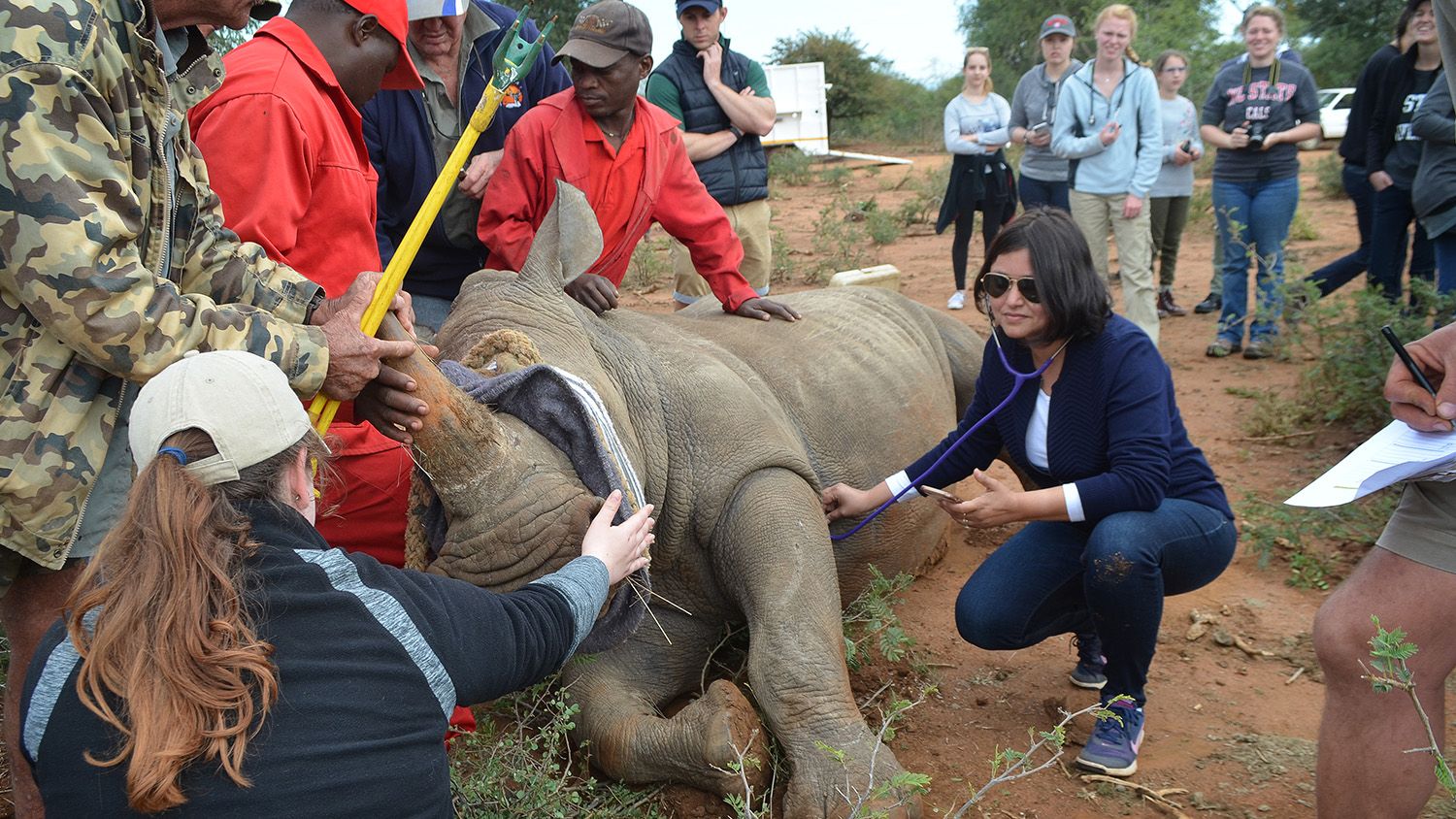
To relocate an aggressive 5,000-pound white rhinoceros, you need three things: a big truck, a blindfold and complete silence from all bystanders.
And make sure there are no open cuts on your hands before you touch the sedated animal, wildlife veterinarian Christiaan “Bossie” Boshoff told the 17 Animal Science students gathered around his truck on the South African savannah in May.
Because the sedative that slips a rhino into a short nap will stop a human heart within three minutes.
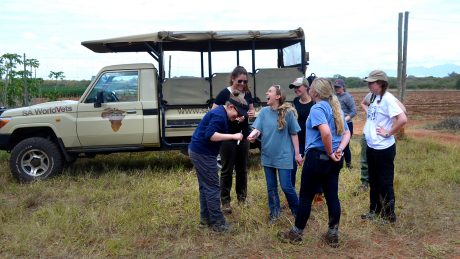 [pullquote color=’red’ align=”]I had an amazing learning experience that couldn’t be achieved in a classroom setting.[/pullquote]International experience has become a crucial resume item for college students. Companies cite the need for employees who understand the global connections of the modern business world, along with the communication skills and ability to navigate diverse cultures that international travel cultivates.
[pullquote color=’red’ align=”]I had an amazing learning experience that couldn’t be achieved in a classroom setting.[/pullquote]International experience has become a crucial resume item for college students. Companies cite the need for employees who understand the global connections of the modern business world, along with the communication skills and ability to navigate diverse cultures that international travel cultivates.
For the past three years, Teaching Associate Professor Shweta Trivedi has led one of NC State’s most unique and hands-on study abroad programs: 15 days of full-time work alongside a wildlife veterinarian on his rounds across Limpopo Province and Greater Kruger National Park area in South Africa.
Along with building firsthand veterinary knowledge and experience, the course helps set students apart on highly competitive veterinary school applications. For most, it’s their first time experiencing veterinary medicine abroad.
In addition to the white rhinos, students work with antelopes and snakes, with giraffes and cheetahs, with massively horned cape buffaloes and sleek tsessebes, the fastest species of antelope on the continent.
“I want students to understand the difference between the romantic notion of wildlife practice versus reality,” Trivedi said. “It is a lot of tough days, long days, arduous days – but very rewarding, and imparting a lifelong learning.
“It opens your mind to things we cannot teach in the classroom.”
Improvising In The Savannah
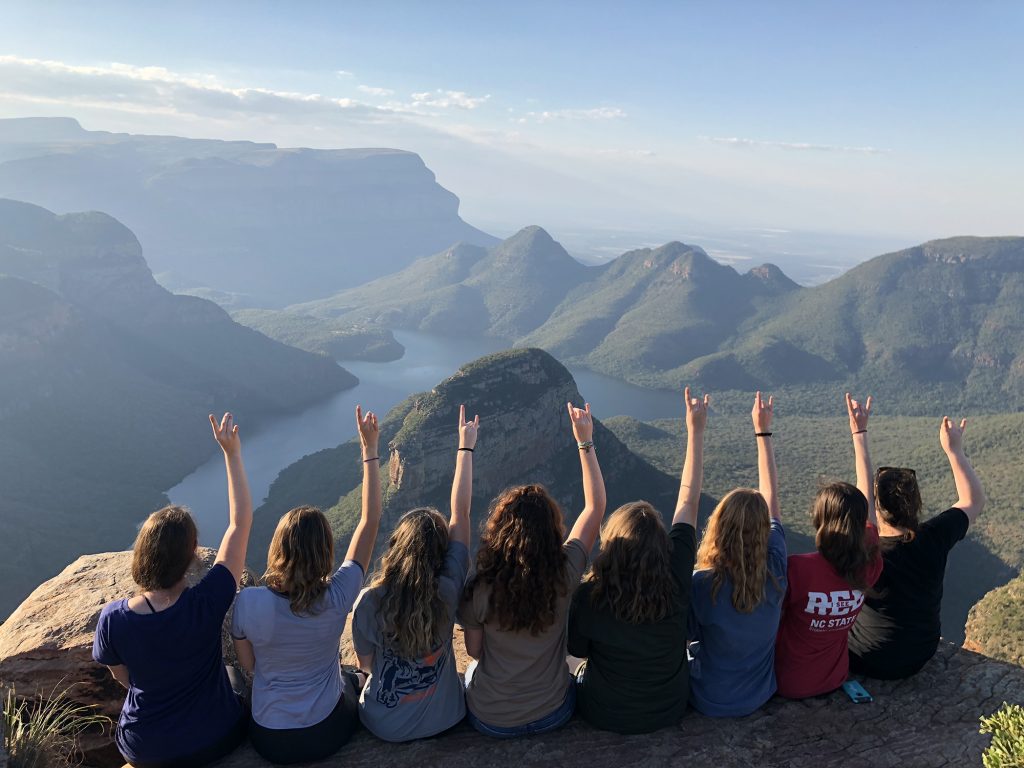
The class is Wildlife Management and Conservation in South Africa, ANS395. Trivedi set up the partnership with local veterinary practice SA World Vets, which includes veterinarians Christiaan Boshoff, Nina Kisch and co-owner Susan Osmers in 2015. During the Spring semester, Trivedi preps her students before they arrive so they’re able to start work right away towards an unparalleled experience.
Bossie doesn’t change his routine for the students. They rise at 4:30 a.m. and criss-cross the savannah until sundown. Students help collect blood, conduct respiratory, DNA and heart rate assessments, and give intramuscular injections of dewormers and vitamins.
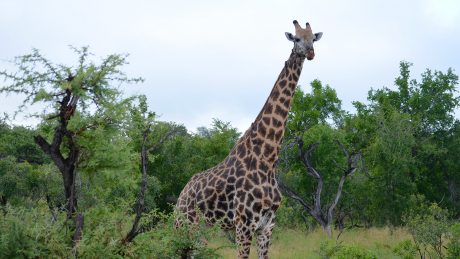 Many of the farms that play a key role in South Africa’s agricultural economy are located within ranging distance of the park. Part of Bossie’s work encompasses management practices like disease control and prevention. This has broad implications for similar work in the U.S.
Many of the farms that play a key role in South Africa’s agricultural economy are located within ranging distance of the park. Part of Bossie’s work encompasses management practices like disease control and prevention. This has broad implications for similar work in the U.S.
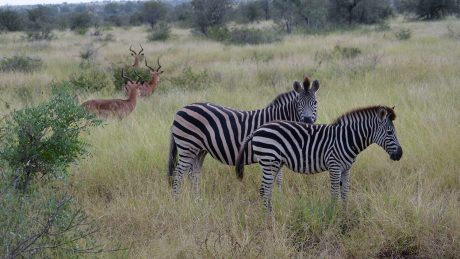 “They now have that cutting-edge knowledge where they can take what they learned abroad and apply it back here in management practices, disease surveillance and reporting,” Trivedi said.
“They now have that cutting-edge knowledge where they can take what they learned abroad and apply it back here in management practices, disease surveillance and reporting,” Trivedi said.
[pullquote color=’red’ align=”]They can take what they learned abroad and apply it back home.[/pullquote]Day one of the May 2018 trip. The group encounters an elusive caracal, a breed of wildcat. This one is in need of a neutering procedure due to genetic defects in its progeny. There’s no veterinary practice for miles. Bossie swings down the back gate of his truck: instant operating table. Students gather around.
It’s a far cry from the carefully antiseptic tables of a small animal veterinary practice, or even the barns and paddocks of a large animal vet. Still, there is overlap.
“Exotic animal veterinary work parallels with large animal practice – needing to be able to improvise in the field, needing to be able to react to situations that can quickly go wrong,” Trivedi said.
All was well with the caracal, however. Within half an hour, the animal was safely recovered from sedation and observed for any changes in behavior.
Leading The Way In Rhino Research
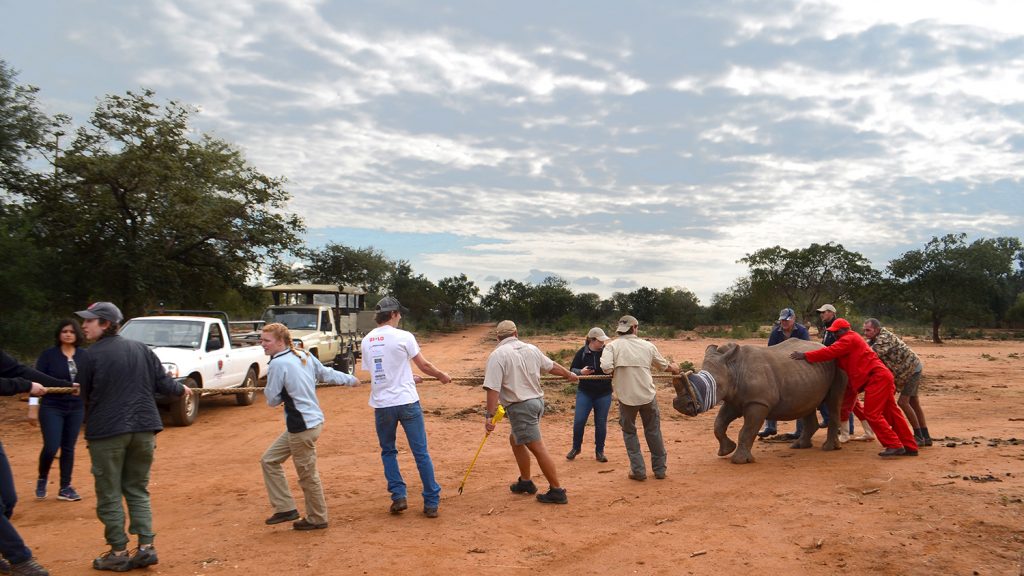
In addition to the routine health checks, Trivedi and Bossie are using the rhino’s blood chemistry assessments to compare and contrast white rhinos in captivity with those in the wild. Trivedi hopes to have some results from the ongoing study ready to publish by late 2018.
“We’re putting ourselves in the forefront through undergraduate research,” Trivedi said. “I cannot wait to see how this will unfold towards our students’ success.”
“Life-Changing Experience”
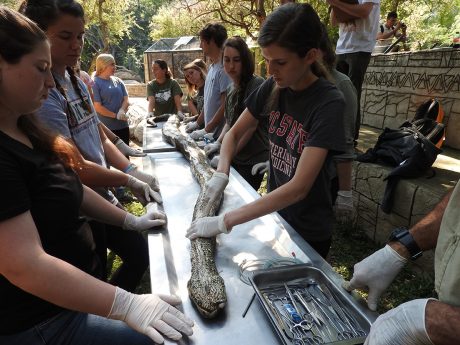
Step one after arrival, and on repeat throughout the trip: Intensive safety briefings.
“Love for animals is one thing, but you also must be cautious,” Trivedi said. “Students can be so enamored that they at first may want to throw caution to the wind. I tell them, ‘don’t try to be imprudently brave – respect the fact that these are wild animals and therefore, unpredictable too.’”
Students are required to keep journals during the trip, tracking both personal and professional observations.
“My passion for veterinary medicine was reaffirmed in South Africa,” senior Emily Wiloch said. “I had an amazing and rewarding learning experience that couldn’t be achieved in a classroom setting.”
[button]Check out other CALS study abroad options![/button]
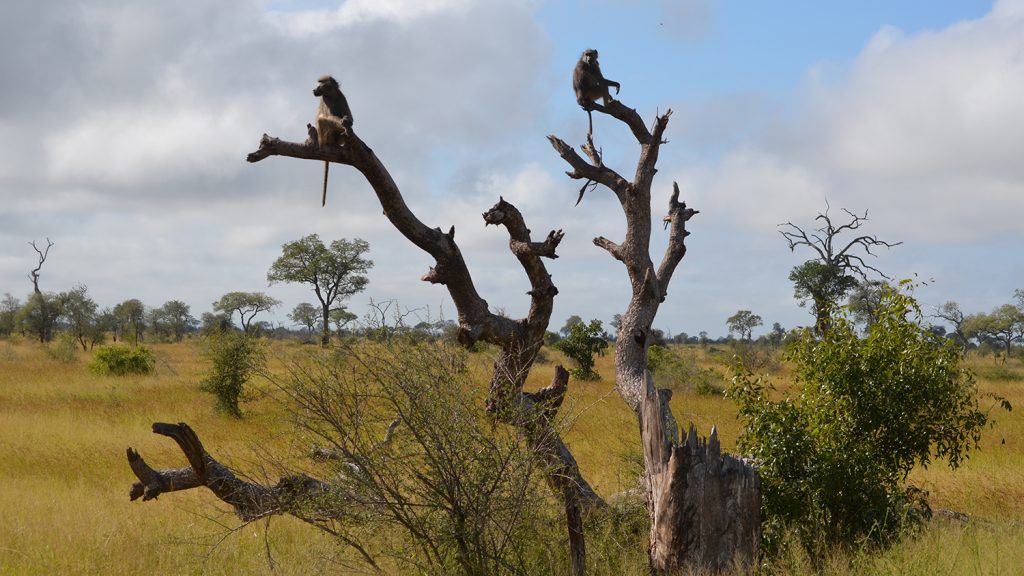
- Categories:
